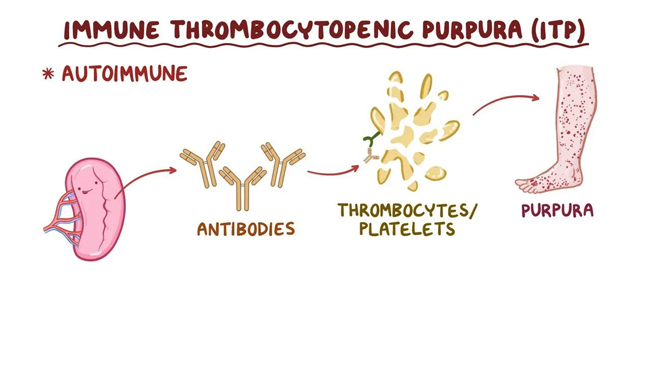
Jaipur,
September 2022.
In
the backdrop of Global ITP (Immune Thrombocytopenia) awareness month, leading
healthcare professionals in the city have laid emphasis on the need to create
awareness around the condition- an autoimmune blood disorder that occurs when
the platelet count becomes too low. Immune thrombocytopenia
(ITP) occurs with an incidence rate of 1.6 to 3.9 per 100,000 patient-years,
which increases with age and has a slight female preponderance. It is a chronic disease in which patients must take
lifelong treatment and hence, experts stress upon its appropriate management.
In
ITP, the immune system attacks the platelets, cells that help the blood clot,
thereby, decreasing their count. A normal platelet count is between 150,000 and
450,000 but with ITP, the count is less than 100,000.This low platelet count prevents
the blood from clotting properly leading to easy bleeding and bruising.
ITP
symptoms vary from none to severe. Easy bruisability, heavy and prolonged
menstrual flow, bleeding in the mouth, nose, and gums could be some of the
common symptoms at presentation according to Dr. Mitu Shrikhande, Senior
Consultant Haemato-Oncology, Fortis Hospital, Vasant Kunj. A low platelet
count raises the risk of bleeding. Lower
the platelet count higher is the risk of bleeding. Since bleeding symptoms may
occur in other serious health issues as well, it is vital to seek a proper
diagnosis to rule out other potential causes. To keep the symptoms under
control, we advise a routine blood count check. ITP is curable, and there are
numerous therapies available. The doctor will advise the best course of
treatment based on the symptoms of the patient.
The
diagnosis of ITP is usually done through a blood test to check the platelet
levels. In some cases, a physical examination is also conducted to check for
bleeding on or under the skin. The treatment course depends on the platelet
count and the frequency of bleeding. However, it is observed that patients
often change doctors which might lead to discontinuation in treatment. As
Dr.Vishnu Sharma, Hematologist, Hemato-oncologist, and bone marrow transplant
physician. Associate Professor (medicine), SMS Medical college and Hospital,
Jaipur points out, “ITP patients change treating physicians frequently due
to anxiety of inconsistent platelet counts. They also end up doing frequent
testing and self-medication as per testing results. This hampers the management
and might worsen the condition. Patients need to understand that with ITP, the
platelet count keeps fluctuating and minor changes need not be a cause of
worry. It is advisable that patients adhere to a treatment regime and undergo
testing post-discussion with their treating physicians.”
The
treatment for ITP is usually through oral medication. In severe cases, platelet
transfusion and intravenous immune globulin (IVIG) are prescribed. ITP, per se,
is not a life-threatening condition and majority of the patients lead normal
lives. It can be managed well by making some lifestyle changes and appropriate
treatment. In a few cases, patients might be advised to avoid certain
medications that affect platelets. Some milder cases might only regular
monitoring but no immediate treatment.